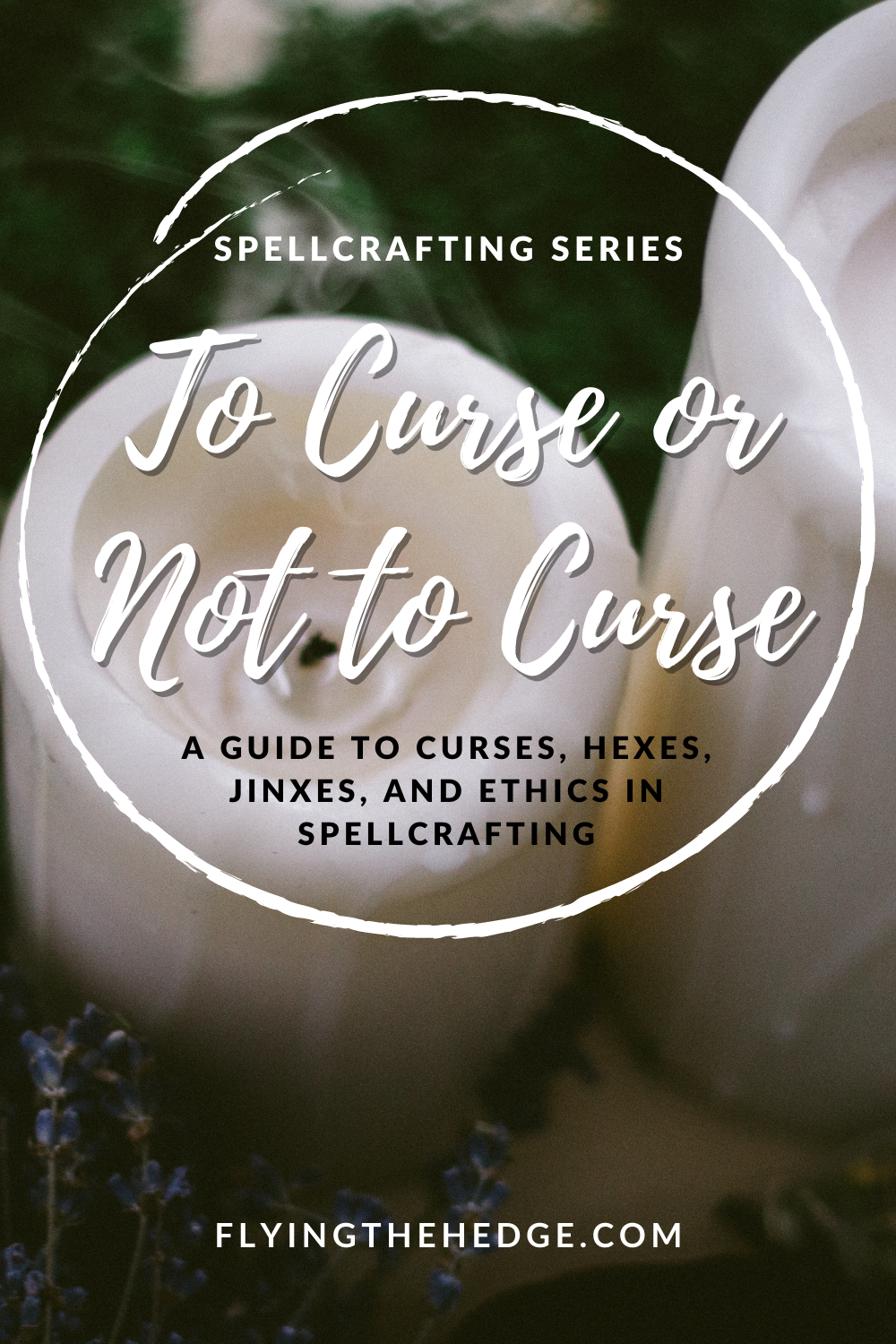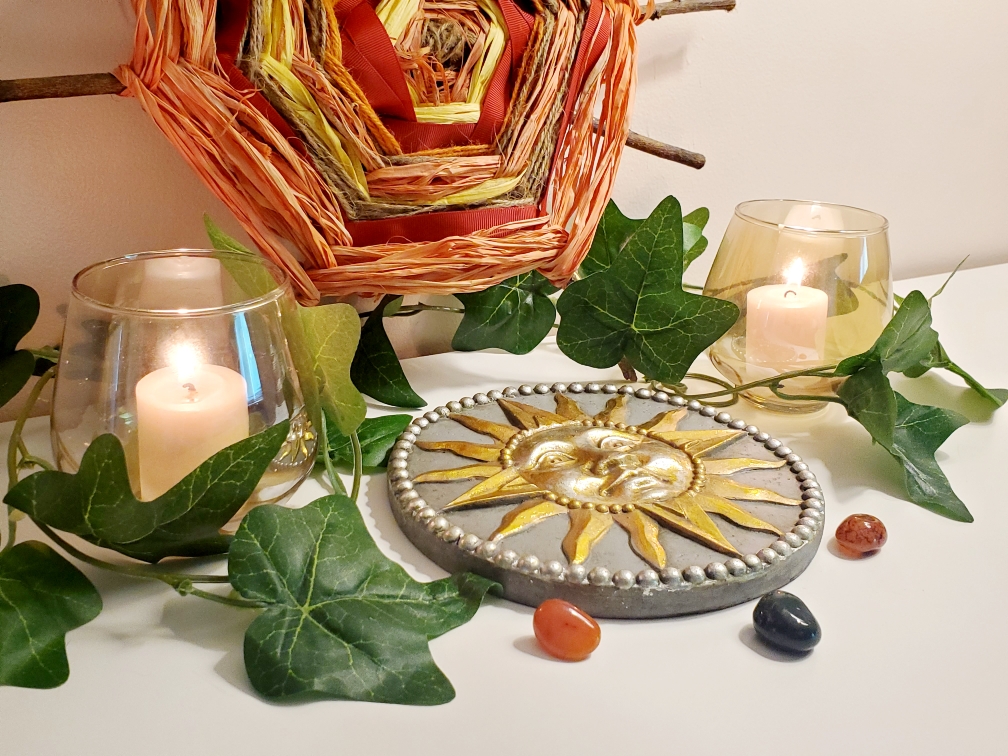Disclosure: Some of the links below are affiliate links, meaning, at no additional cost to you, I will earn a commission if you click through and make a purchase. I received a free copy of this book in exchange for an honest review.
This is the second book this year I have read about Appalachian Conjure and I am not complaining. The entire system is absolutely fascinating and well worth learning about, especially if you live in the United States. We get so caught up in authenticity and tracing occult practices back to Europe, that we forget the United States created its own brand of the occult, that is just as magical and authentic as traditional Cornish witchcraft. The more I have learned about Appalachian Conjure, the more I fall in love with this amazing practice. Doctoring the Devil: Notebooks of an Appalachian Conjure Man by Jake Richards is an absolutely phenomenal introduction to Appalachian Conjure and pairs wonderfully with Foxwood's Mountain Conjure and Southern Root Work. So let's jump into this review because I have so much to talk about.
Doctoring the Devil: Notebooks of an Appalachian Conjure Man is jam-packed with information, and while relatively short, will take you some time to read because there is just so much to process. This is not an introductory book that you breeze through and throw on the shelf. You will find yourself reading a short passage and stopping to think, "Huh..." The book begins by discussing the differences between root work, folk magic, and conjure. These are terms that are often confused so it was great to have a definitive definition of each, especially for someone like myself coming from the outside. Richards then dives into the basics of conjure, its history, and how to cleanse, protect, draw money, cure diseases, break roots, and curse and hex if you need to. He draws heavily upon folklore, even spending an entire chapter talking about famous conjurers and witches. He draws upon his own experiences and stories passed down from his family and neighbors, discussing themes and truths behind folktales, much like Hutcheson does in New World Witchery. He backs up all of this information with an extensive bibliography at the end of the book, so it's obvious Richards is well informed and has done the work. It was lovely to see the overlap between what Hutcheson covered and what Richards actually does, so you go basically from theory in Hutcheson's book to practice in Richards' book. Being that I love folklore, I loved to see how these folktales translate into an actual practice. Furthermore, Richards understands these tales, while they ring with some truth, are exaggerated.
Richards also spends time discussing haints and other spirits of the area, many of which do not mean well. I loved the inclusion of haints, which was missing from Foxwood's book. Haints are such an integral part of Southern history that porch roofs and window molding are painted 'haint' blue to confuse and discourage haints from entering your home. He doesn't mention haint blue in the book but does cover a large array of cleansing methods, followed by an excellent chapter on protecting yourself and your home. These were my favorite two chapters in regards to actual conjure work as they are applicable to everyone, no matter your practice. Furthermore, these two chapters talk pretty heavily about spirits as well as other practitioners having it out for you, mentioning if a spirit makes it past your protections, they likely don't mean you harm. Remember, your ancestors and helpful spirits can move past these because they aren't there to hurt, but to help. During these couple of chapters, Richards heavily uses an herbal gum called asafoetida. I attempted to contact Richards about this herb in particular because I was curious as to what it was. From the little research I did, asafoetida is a gum-like substance from a plant from Southern Iran. I am very curious how a plant from Southern Iran became such a popular protection ingredient in Appalachia, and how readily available it was to these people. I have yet to hear back from Richards, but hopefully, he will respond and I can elaborate on the use of the plant here. I had never heard of it prior to this book and find it fascinating how a gum from halfway across the world is now a staple in Appalachian Conjure. Richards follows up with an entire chapter on keeping the law away and swaying the law in your favor, which was a fantastic chapter as well. Historically, marginalized groups, including those impoverished in Appalachia, needed conjure to help bring justice where it was not otherwise being served, and prevent the law from disrupting 'unlawful' practices that bring a family income.
Finally, Richards covers other topics, including love spells, pregnancy, cursing, and more. In the chapter on love roots, Richards places no judgment on those in need of love roots, but does make it clear, "If your lover isn't willing to work on your relationship without a root being put on them then they aren't worth your time." This is excellent advice without passing judgment, which I love. What I loved most about this chapter, however, was the discussion on how to break love roots after they have been cast, whether you did it or not. This is something you rarely see in occult books, and I deeply appreciated Richards' knowledge on breaking these spells and the reason why you would want to. I wish more books covered breaking roots and spells you cast, but it seems like our community is more caught up in casting than breaking, but that is a discussion for another time.
Unlike Foxwood, Richards does not focus heavily on God, which made this more enjoyable for me overall. However, a large number of Plasms, prayers, and other Biblical references are used in conjure, so if this is something that makes you uncomfortable then this may not be the book for you, although there is ample valuable information that does not involve Christian texts.
To add to the book, Richards has also produced a set of Conjure Cards. Richards spends a chapter discussing divination practices in the Appalachia, including bone throwing and the use of playing cards. The section on bone throwing is excellent so if you are looking for some more insight into creating your own bone set, reading bones, and feeding them, I encourage you to check out that section for sure. Because bone tarot or throwing bone sets are so personal, they aren't something you can mass market, but playing cards certainly are. Richards specifically designed a set of playing cards with images representing their meaning to aid in your divination practice, whether you practice conjure or not. The cards come complete with a guidebook that discusses each card's upright and reversed meaning, simple spreads, and examples of how to read cards in conjunction with each other. I love seeing how different practitioners read their cards as it's a great way to learn by example, especially if you are new. Furthermore, Richards discusses gender fluidity and how to find the card that suits you and your lover, without the constraints of traditional binary language. The cards are antiques to give them an aged look and printed on sturdy card stock so they will hold up to use. I love how the imagery on each card is specifically designed to jog your memory into the meaning of each card, meanings that Richards learned from his mother when he was a boy. The only downside to the cards is the information booklet. While informative and complete, it's very small with tiny print written in a funky font. This makes it difficult to read if you are visually impaired or having a learning disability, such as dyslexia.
Overall, I enjoyed Doctoring the Devil: Notebooks of an Appalachian Conjure Man by Jake Richards and the Conjure Cards. You can purchase Doctoring the Devil: Notebooks of an Appalachian Conjure Man by Jake Richards and the Conjure Cards separately now.
If you liked this post and would like to support future content, please consider leaving a small tip in the jar.

















